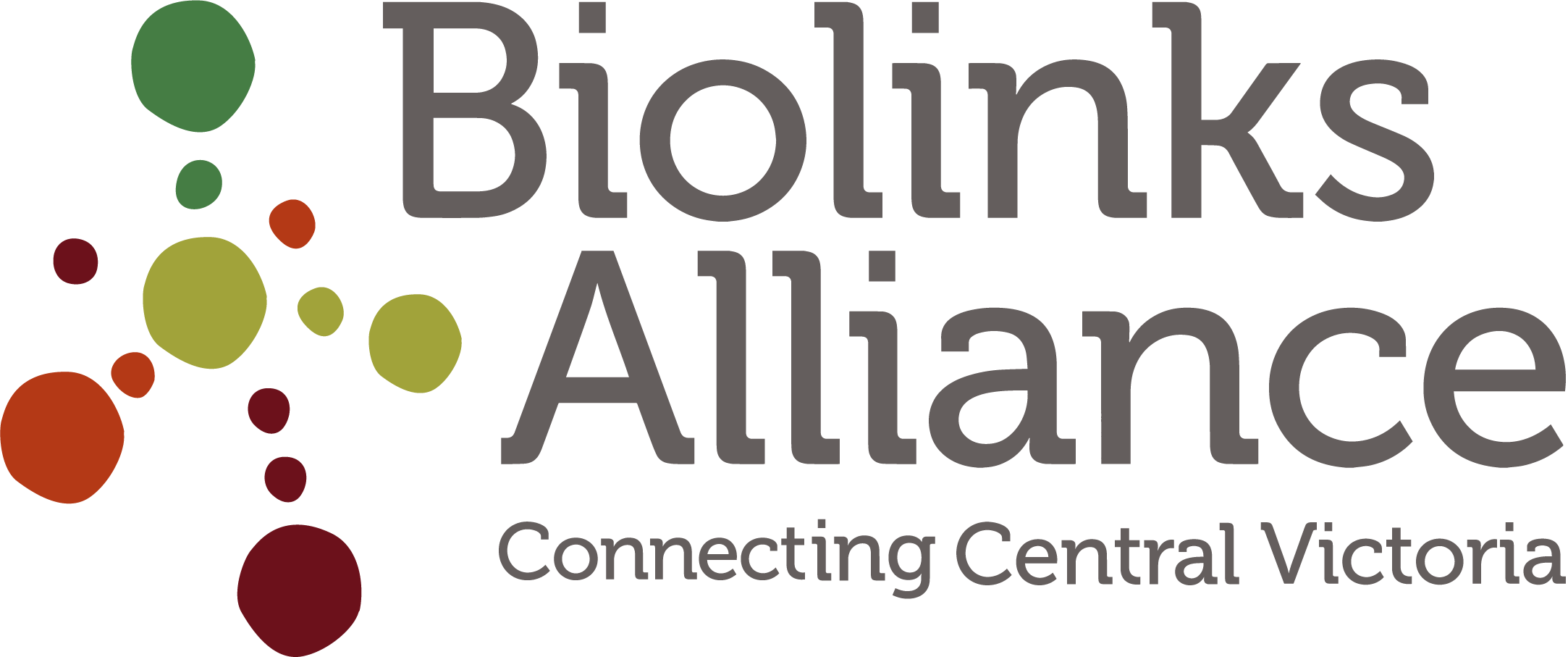Our pathway to restore and reconnect glider habitat
Our Glideways in Central Victoria initiative is providing communities in our region with the know-how to protect and conserve gliders.
With our conservation leadership and expertise, we have developed a collaborative plan with our Network Members involved in the initiative to establish shared objectives for our collective projects so we can together save more gliders. Nearing finalisation, this plan outlines the key priorities for Glideways in Central Victoria and is now with our Network Members involved for their feedback.
Sound like an initiative of interest to you and your conservation group? If you have not been involved in this process so far but have ambitions for a glider or Brush-tailed phascogale conservation project in Central Victoria, then please get in touch with Biolinks Alliance Ecologist, Chris Pocknee.
Collaborating with WWF Australia
In October, we were fortunate enough to host three representatives from WWF Australia to learn about our Glideways in Central Victoria and discuss how we can help each other achieve our goals in this region moving forward.
The two day visit was filled with positive discussions and we are excited to work with such an influential organisation into the future. The visit included a spotlighting walk in the Wombat State Forest, guided by Gayle Osborne and Trevor Speirs of Wombat Forestcare, where we were treated to sightings of about 10 endangered Southern Greater Gliders. We were all incredibly inspired hearing about Gayle and Trevor’s passion and determination to protect this incredible habitat.
Seymour spotlight survey
We have completed three spotlight surveys, an important part of the ‘Biolink Corridors for Gliders’ project that we are partnering with Seymour Urban Landcare on. At least three endangered Squirrel Gliders were recorded, along with Barking Owls, a Koala and many other critters. We were also involved in surveys of nest boxes installed just outside Seymour about eight years ago which returned exciting results. Every nest box we surveyed was being used, and we recorded both Squirrel Gliders and Krefft's Gliders present in boxes, along with the distinctive nests of Brush-tailed Phascogales.
